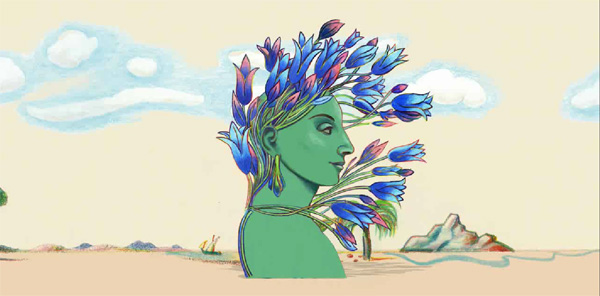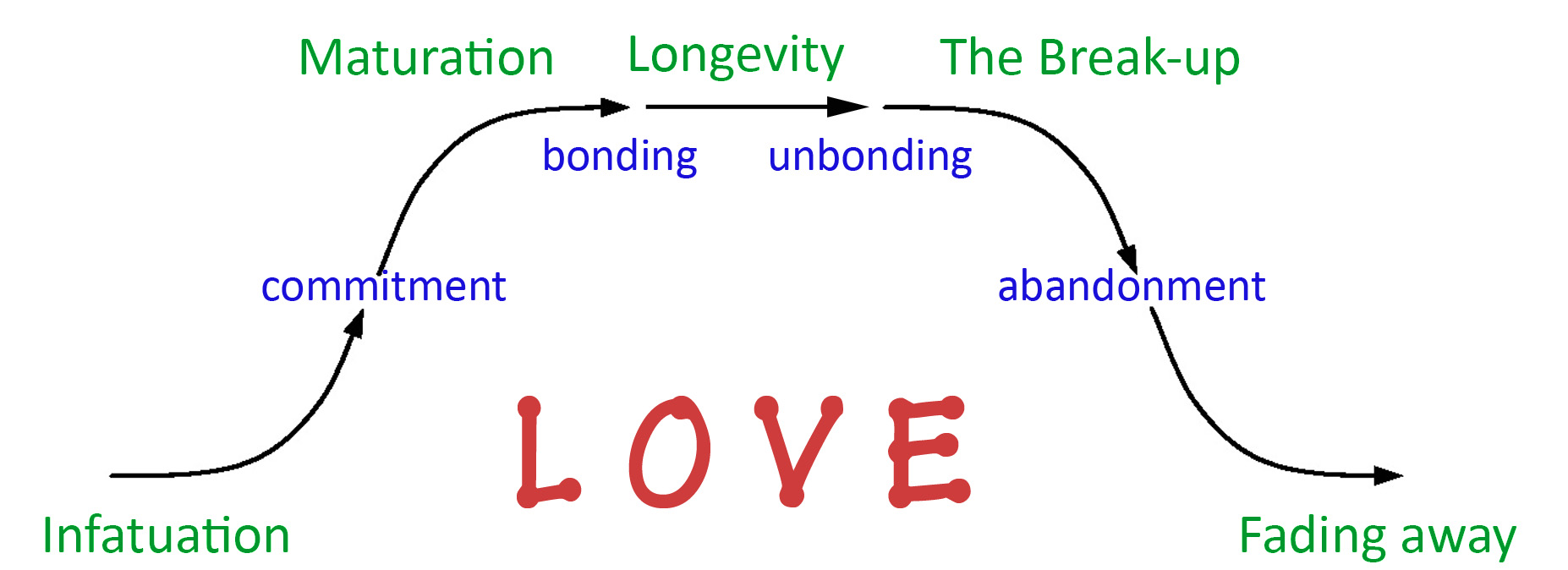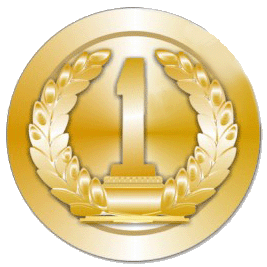The origin of this post, fyi, was a truly exciting insight, in the 1970’s as I started developing my new scientific methods for studying the organization of natural of systems. I discovered how to recognize the eruption of new forms of organization in nature. It’s a locally distributed process of contagious development, that people tend not to notice at all, or to call “growth” for the superficial changes in scale it is also associated with.
It was quite exciting, to find that one could identify individual instances of nature’s general process of invention, from the self-patterned erupting changes identifying its internal and external relationships producing transformative changes in design. You need to look for where there’s a distributed “falling together”, not a “pushing together”. I had some training in improvisation that gave me a window of insight on how to open my perceptions up to observing it in the world around me.
As it became easier and easier to identify, I began finding strong evidence of these “bursts of self-organization” seeming to be the “glue” of all transient organization and design in nature! Then the question switched, to wondering: “Why in the world don’t other people see it??”. Our modern world happens to be organized around sustaining its own ever more expansive self-organization… seen in our minds, as being a “constant”. For more on the story, fyi, also see “a World SDG“, a proposed whole system balancing plan, using the first true scientific measure of sustainability 4/14/14 jlh :-)
_______________
How to escape the mental traps causing mankind to destroy its own future and much of our living planet, is not so hard…
…but takes exceptional willingness to discover how nature works that you might have been missing. It takes learning to observe nature making new sense of things by herself, i.e. real change .
Watching organized change develop in ways that clearly can’t be following human rules or theories, and so intricate they could never be fully explained, frees a mind to drop its assumptions and attempts explain. It lets you just study and marvel at what you find, giving you fresh ideas unpolluted with the self-serving social conventions people mostly live by, that are the problem.
Watching nature work, beyond the limits of theory, builds fresh awareness, letting us put our own perception in perspective, to see and correct our misconceptions. Continue reading My most disturbing finding →




